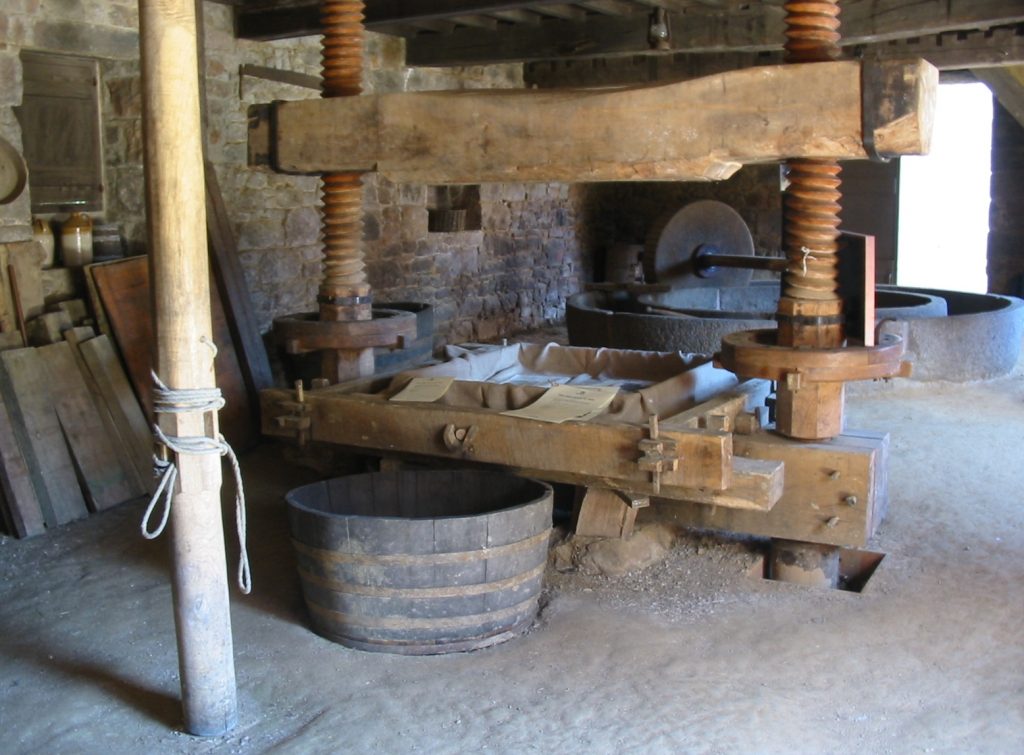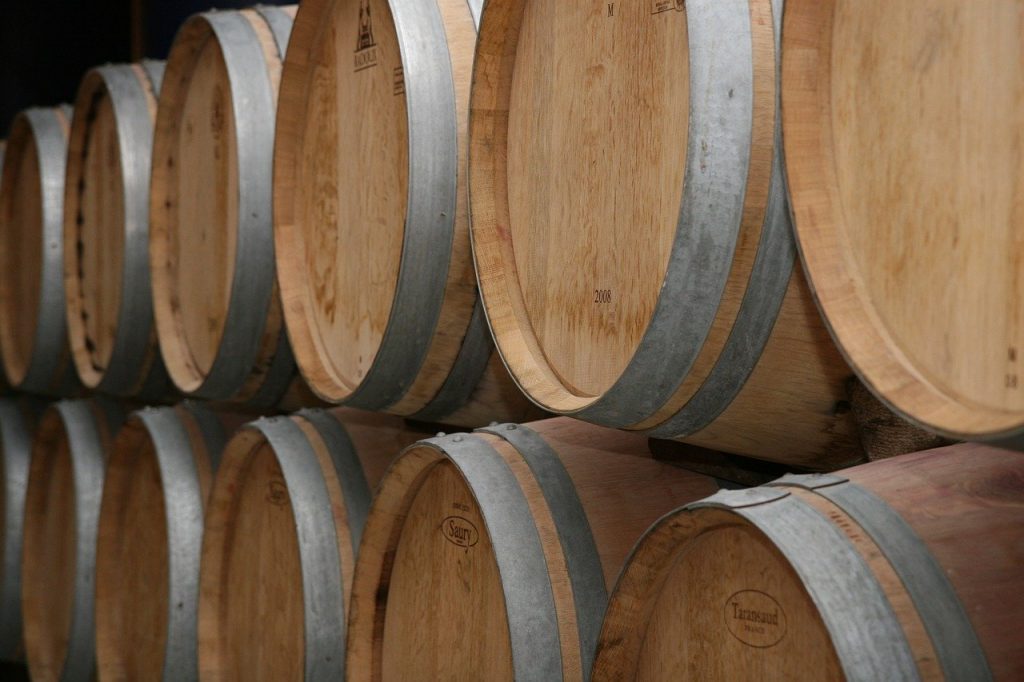The history of cider goes back many hundreds of years, and cider can be one of the purest alcoholic drinks available – at its simplest, pure apple juice can be left to be fermented to cider using only the natural yeasts found on the fruit and in the juice. This method may produce an eminently drinkable cider, but also faces the risk of infection of the fermenting juice by airborne bacteria and an unreliable fermentation due caused by weaknesses in the natural yeast.
To counter these natural hazards and to ensure a reliable fermentation, a variety of additives may be used, and although the range of additives allowed is controlled by legislation in the UK, some ciders, especially some of the large commercial brands found in many pubs, may contain a bewildering list of ingredients to produce a consistent product year after year.
Real cider is made the traditional way that has been used for hundreds of years and can be made by anybody, even using the most rudimentary equipment.

The Cider-Making Process
Apples are collected in the autumn and washed and sorted. Although a small quantity of damaged or rotten fruit may be used, the amount should be limited. The fruit is then crushed (or milled) to help with juice extraction (when starting off making cider, I used a pickaxe handle and bucket to crush the fruit!). Although electric mills are commonly used by many small-scale cidermakers, some use a scratter (spiked rollers that crush the fruit) and historically, the fruit was loaded into a circular stone channel in which a vertical circular stone was rolled round (often pulled by a horse or farmworkers) to crush the fruit.


The pulp is then pressed to extract the juice – using a traditional style press, the pulp is built into a “cheese” by either adding layers of straw and pulp alternately to build the cheese (with the straw also providing the juice with a route to flow out of the cheese during pressing) or by wrapping the pulp in cloths and placing wooden racks between cloths (with the racks helping the juice to flow from the cheese during pressing). The cheese is then pressed using a screw or hydraulic mechanism to provide downward pressure (sometimes many tons of pressure) and the juice will start to flow (provided the cheese has been built properly and doesn’t collapse!). An alternative to this method is to use a basket press, where the pulp is loaded into a wooden basket and then pressed, in a similar way to the way grapes are pressed for winemaking.
The juice from multiple pressings is then collected, placed in the fermenting vessel and allowed to ferment (sometimes with the addition of yeast and/ or nutrients and other additives) until either all of the natural sugars in the juice have been turned to alcohol (which results in a dry cider), or until the required degree of dryness (or sweetness) is reached. Depending on ambient temperatures, this fermentation may take between a couple of weeks and several months.


The cider is now drinkable, but may improve further with some maturing – regular tasting will allow the development of the maturing cider to be closely tracked (but could result in it running out before reaching full maturity, depending on how seriously the tasters take their duty! There is also a danger that the more serious taster may not remember the tasting!).
Maturation in airtight barrels or bottles may produce a sparkling cider, otherwise a still cider may result (or indeed nothing at all if it has all been drunk!). For those with patience, many ciders continue to improve if kept for several years, and this improvement can be tracked and monitored by regular sampling.

